Victorious. Courageous. Lionhearted. Determined. Heroic.
These are words commonly associated with Christopher Columbus, the Italian explorer sponsored by Spain in the 15th century. His daring voyage across the treacherous Atlantic Ocean nearly cost him his life and the lives of all the sailors on board the Niña, Pinta, and Santa Maria, yet it culminated with him “discovering” the Americas and founding the New World.

Columbus reaches the “New” world
How he managed to reserve the title as “founder” of the New World is truly an enigma. North America had been inhabited for millennia prior, by migrants who crossed the Bering Strait in Alaska to Vikings who sailed from Scandinavia and landed ashore in what is today Newfoundland. Even though archaeological evidence indicates settlements prior to Columbus, textbooks today still attribute the discovery of America towards him; and when he traveled back to America, he spurred on one of the largest genocides the world has ever seen.
To refute the common claim of Columbus being the first man to discover America, archaeologists, historians, anthropologists, and students from across the nation have been condemning such history textbooks. Protests appealing against Columbus Day parades shown in Unsettling Columbus Day views Columbus day from the perspective of Native Americans.

Columbus Day parade
This form of anthropology is referred to as “indigenous archaeology”. Indigenous archaeology heavily relies on the perspectives of the native population and uses a more multilinear approach to archaeology in order to gain a more holistic understanding of a society. In a scenario such as the Columbus Day parade, the opinions of the Native Americans play a vital role. Their viewpoints portray a vivid picture of their unified anger towards the celebration of a man who arguably set the ball rolling in the extermination of the vast majority of the indigenous peoples of America.
This country was built on opposition – the colonials revolted against the British and resulted in an independent America. It runs today, as a democracy, on debates in the Senate and judicial system. As a nation, the very concept of being able to stand up for one’s own rights and having an individual voice is fundamental in its constitution. Unsettling Columbus Day displays that very sentiment by showcasing various stances taken by Native Americans on Columbus Day. By utilizing indigenous archaeology, the movie is not only able to bring about different perspectives, but also emphasize emotions and therefore connect with the audience.
Sources:
http://www.timeanddate.com/holidays/us/columbus-day
Ashmore, Wendy, and Robert J. Sharer. Discovering Our Past: A Brief Introduction to Archaeology


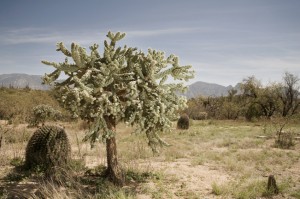


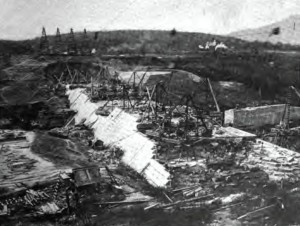
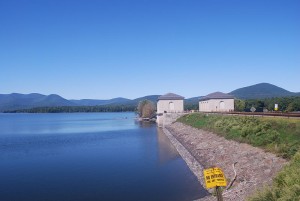
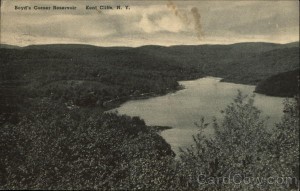
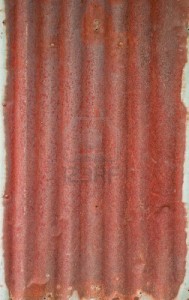


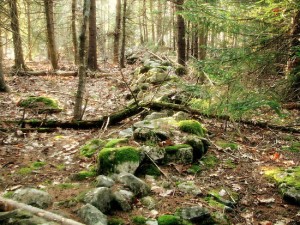
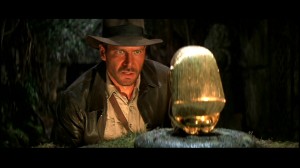

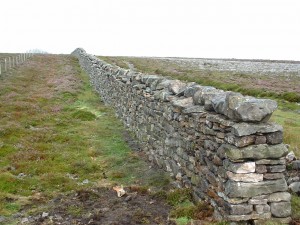
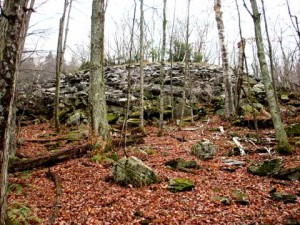
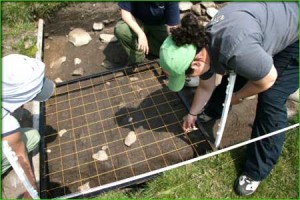
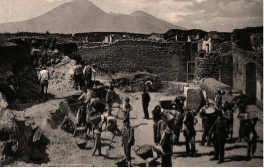
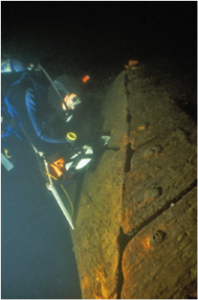
 This photo illustrates this pretty well. See how the ground on the far side of the wall is lumpier, rockier, and has bigger trees, while the ground closest to the camera is flatter and has fewer rocks and smaller trees? That flatter ground was probably a field.
This photo illustrates this pretty well. See how the ground on the far side of the wall is lumpier, rockier, and has bigger trees, while the ground closest to the camera is flatter and has fewer rocks and smaller trees? That flatter ground was probably a field.
 A tree in a pasture vs. trees in a forest. Note the differences in shape and number of low-lying branches.
A tree in a pasture vs. trees in a forest. Note the differences in shape and number of low-lying branches.